This post may contain affiliate links. Please read our disclosure policy.
With this method, you’ll never fear flat pita bread again. Master the technique once, and pita-making becomes a joyful ritual you’ll want to repeat week after week. Now, I can’t stop making pita bread. It’s also a great recipe to clear out sourdough discard if you want to go that route!
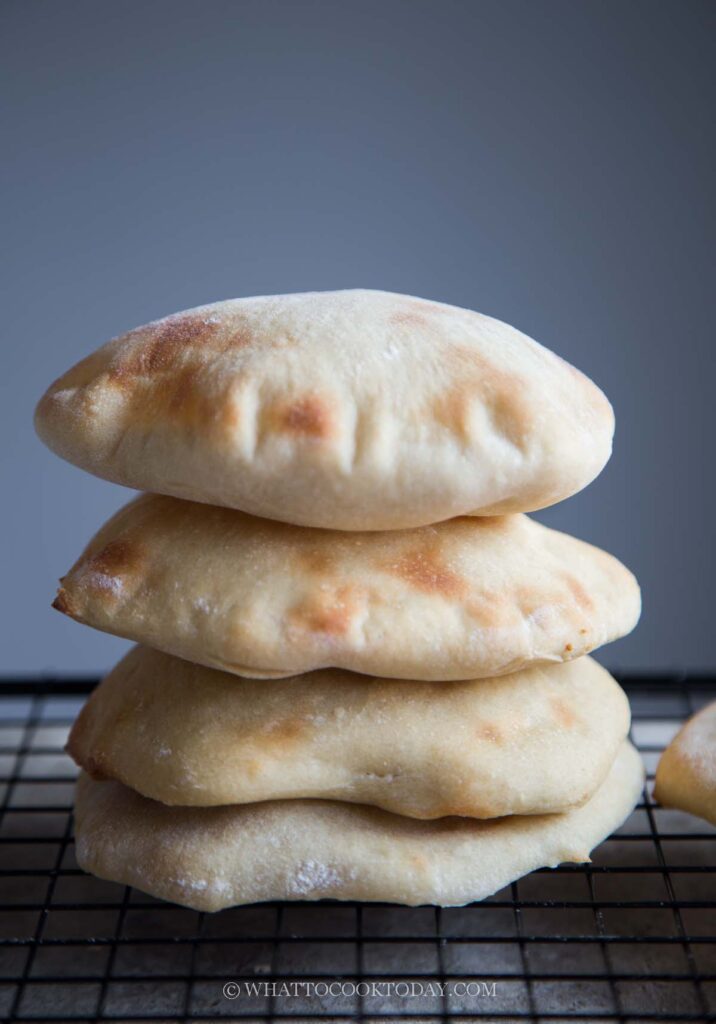
If you’ve ever made pita bread at home, you know the feeling—pure joy when it puffs up into a glorious balloon, and sheer frustration when it stays stubbornly flat. The truth is, pita bread is not hard to make, but achieving that 100% puff and signature pocket takes more than just a good dough—it’s all about the technique.
After testing different methods—stovetop, baking stone, even the air fryer—I’ve found a foolproof way to get that perfect puff every single time. Once you get the hang of it, making pita becomes fun, not stressful!
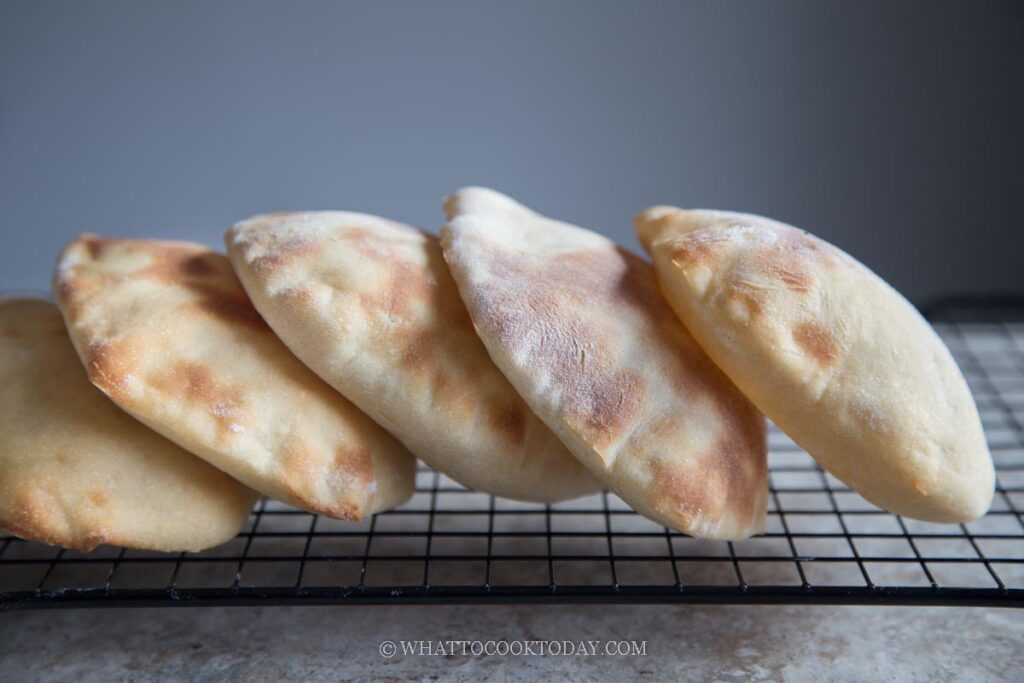
How To Make Perfectly Puffed Pita Bread at Home
Ingredients
Yeast Version:
- 350 g all-purpose flour plus more for dusting
- 10 g sugar
- 8 g salt
- 2 Tbsp oil
- 225 g water
- 1 tsp instant yeast
Sourdough Discard Version:
- 250 g all-purpose flour plus more for dusting
- 10 g sugar
- 8 g salt
- 2 Tbsp oil
- 115 g water
- 200 g sourdough discard
Instructions
Mix & Knead
- Put all ingredients for the dough in a mixing bowl of a standmixer fitted with a dough hook attachment

- Knead the dough for 5 for 6 minutes (on medium speed 4 on Kitchen Aid), or knead by hand for about 10 minutes, until smooth and elastic. It should clear the sides of the bowl but still stick to the bottom.

- When you gently stretch a small amount of the dough, it won't tear easily. The gluten is well-developed if you kneaded to this stage. The dough will be sticky to the touch and that's normal
First Rise
- Let the dough rise in a warm place until doubled, about 1 hour. You can also cold ferment in the fridge overnight for deeper flavor for 8-12 hours and bake the next day

Divide & Shape
- Lightly dust your work surface. Turn the dough out

- Divide into 8 equal pieces.

- Round the dough up by pulling the edges towards the center. Place seam side down and rest them for 5 minutes, covered, to relax the gluten.

Roll Out
- Lightly dust your work surface again and the rolling pin. Roll each ball into a 6-inch round, about 1/4-inch thick (not too thin or too thick). Roll it out from the center outward. Don't flip the dough back and forth during rolling. Just keep the same side and roll it out until you get about 6-inch round circle

- Don’t worry about perfect circles, but try to roll out to an even thickness throughout to ensure the bread will puff evenly later. This is important. If one part is thicker than the other, the puff won't be even and you may even have no puff or only a partial puff

Prep Your Foil
- Line a piece of aluminum foil (shiny side up) and lightly grease it with oil on an inverted baking pan or rimless cookie sheet. We won't be baking with the pan but the pan just makes transferring the foil with the proofed pita bread on top of it, to the oven much easier.
- Place 4 dough circles on top. The dough most likely will retract back when you move from the counter to the pan, it's fine just gently stretch them back out a bit

Rest Again
- Let the rolled dough rest on the foil for 15 minutes while your oven preheats.
Preheat Oven
- Preheat your oven to 500°F (or the highest it goes), with the rack in the middle. If your oven has the fan option, turn it on. We need as much blast of heat we can get for the perfect puff
Bake Directly on the Rack
- Slide the entire foil sheet—with the pita dough on it—directly onto the oven rack. Shut the door quickly to trap the heat.

- You’ll see puffing begin around minute 2 (at least in my case). It will continue to puff and mine is usually fully puffed by minute 5. I let it bake another minute for a more golden brown color

Keep Pitas Soft
- Use your inverted baking pan again to carefully remove the foil along with the baked pita bread from the oven. Immediately wrap baked pitas in a clean kitchen towel to keep them soft. Let them cool fully before storing.

Reheat Oven Between Batches
- Let the oven heat back up for 5 minutes before baking the next batch. Repeat with the same steps again
- If in the end of the day, you still end up with no puff, don't stress out! You still have good pita bread. Try again next round!
*Nutrition facts are just estimates and calculated using online tools*
Why This Method Works So Well
Forget baking stones or cast iron. This method is surprisingly simple: you place the pita dough on a sheet of lightly greased foil, then bake it directly on the oven rack. That’s it. The direct heat from below, combined with steam inside the dough, creates the perfect environment for puffing.
1. No fiddling with baking stones
2. No preheating baking stone or baking steel
3. No stress—just reliable, golden pitas with perfect pockets
Pro Tips for Puffy Pita
1. Even rolling is everything. Keep the thickness consistent so steam expands evenly.
2. Grease the foil. It prevents the bottom of the dough from sticking to the foil, preventing the dough to expand fully
3. Middle rack only. Too high and you won’t get the direct heat that seals and steams.
4. Let the oven recover. A super hot oven is key—don’t rush the next batch in.
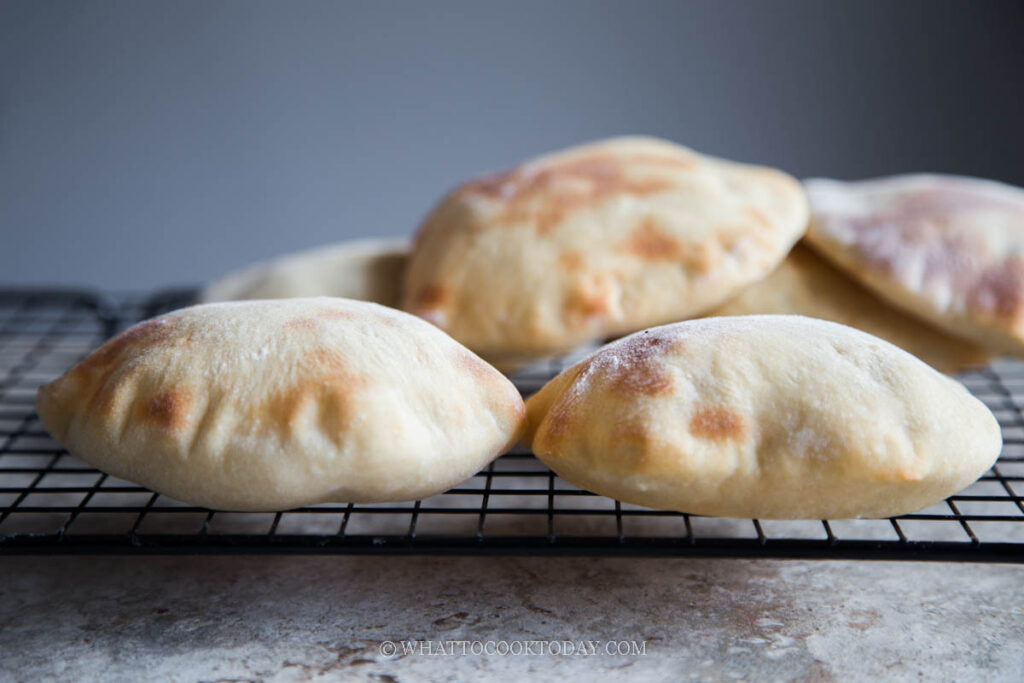
Storing, Freezing, and Reheating
1. Store the cooled-down pita bread in an airtight container or zipper bag for up to 3 days
2. To freeze: Cool completely. Stack with parchment between each pita and freeze in a zip-top bag.
3. To Reheat in microwave: Wrap in a damp paper towel and heat for 30–45 seconds
4. To reheat in the oven or air fryer: Wrap in foil and warm at 350 F (180 C) for 5-8 minutes
Delicious Ways to Enjoy Your Homemade Pita
1. Fill: Stuff with grilled chicken, falafel, egg salad, or roasted veggies
2. Dip: Tear into wedges and dip into hummus, labneh, or baba ganoush
3. Top: Make pita pizzas with sauce, cheese, and your favorite toppings
4. Wrap: Turn it into a sandwich wrap or use it like naan for curries
Master this technique and you’ll never settle for store-bought again. Puffy, pockety pita bread at home is now a guaranteed joy—no pizza stone required.
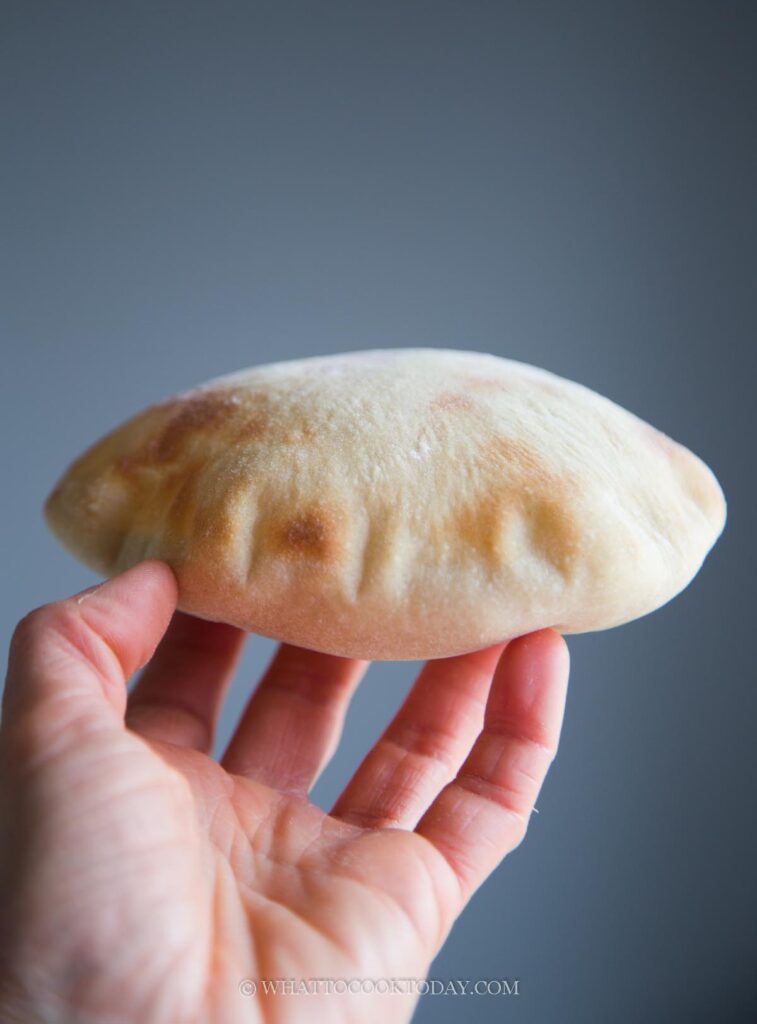
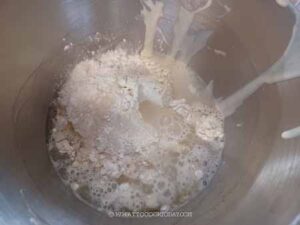
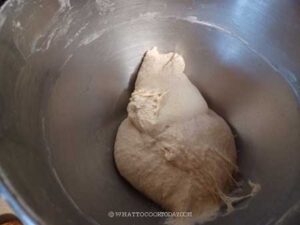
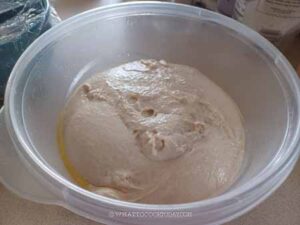
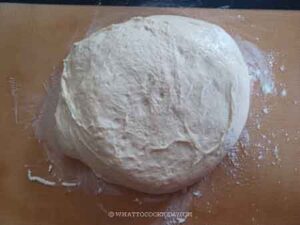
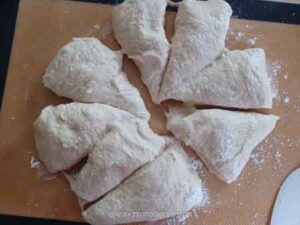

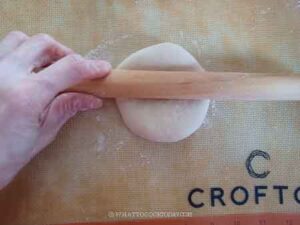
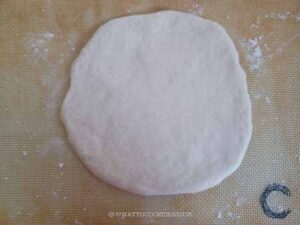
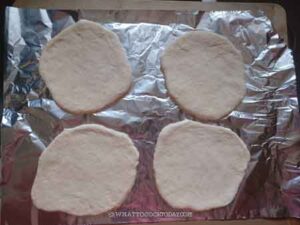
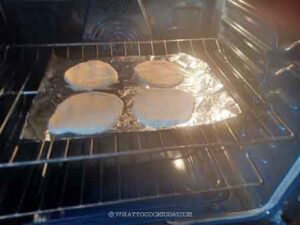

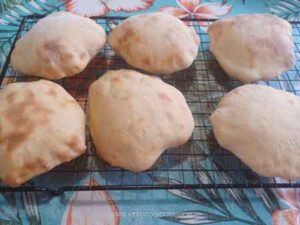

4 comments
Just as promised. Very fluffy. Love them! Ate with dal. Will definitely make them again. Thanks for sharing!
Yay! So glad the recipe worked out for you!
Can you pa fry the instead of baking? with an electric crepe maker?
Hi J, I tried to cook it on the stove using cast-iron pan before, the result is not consistent, sometimes it puffs, sometimes it doesn’t! I haven’t tried it with electric crepe maker because I don’t have one. I’m not sure if it’s enough heat to make the dough puff though!